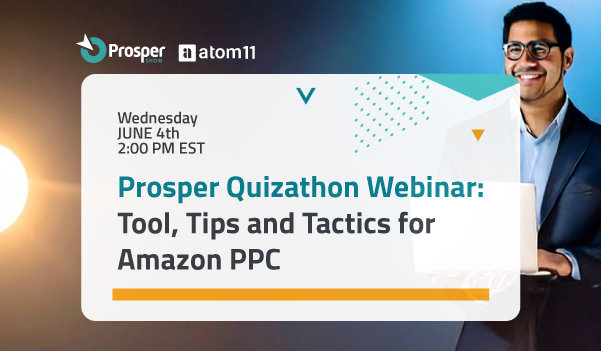The Best Amazon Marketing Strategies for 2020
You may not be a novice Amazon seller, but if you’re not incorporating Search Engine Optimization (SEO) strategies into your marketing plan, you are behind the curve.
So what is SEO?
At its most basic, SEO means that you are purposefully planning your content, photos, descriptions, and customer interactions to meet specific criteria that will make your business rank higher with online search engines. You can pay good money to have someone manage your SEO for you, but if that’s not in your budget, there are some things that you can do to boost your SEO by yourself.
While several things on this list are general SEO practices and overlap between Google and Amazon, it’s important to note that Amazon and Google are inherently different. Google’s job is to answer search queries, and Amazon’s job is to find products. The way they each set up their search engine algorithms reflects on their end goals.
This article will highlight some of the things that you can do to up your Amazon marketing game for this coming year.
Create a Product Page with the Sale in Mind
The vast majority of sales come from the first three pages of an Amazon search, so you need to create your product and product pages with a sale in mind.
Start by making sure that your product title is descriptive and utilizes the appropriate keywords. It would help if you take some time to figure out what keywords best match your products by analyzing your competitors and incorporating the keywords throughout your descriptions without keyword stuffing.
You also need to make sure that your pricing is relevant and competitive. While Amazon users can filter their searches from the lowest price to highest, the Amazon algorithm uses competitive pricing as just one part of its algorithm. It weighs out the likelihood of a customer making a purchase based on the pricing as well as the description and customer service. If your pricing is competitive, and you’re doing well in those other areas, you should be sitting pretty in the search results.
Lastly, you need to invest in great images. Amazon already has some pretty strict guidelines as to what kinds of images they allow, so make sure that you follow their rules, or you could find yourself suspended. Use quality images against a white background and include dimensions, color swatches, and close-ups of the details. More and more research shows that people respond better to video advertising than just photos, so take advantage of the option to include video in your images. It could be just the thing that makes you stand out from the competition.
Promote Yourself
There are a lot of different ways that you can promote your Amazon business, but three ways are to purchase Amazon Sponsored Ads and Google Ads and to become a featured merchant. Amazon Sponsored Ads and Google Ads are two sides of the same coin. Essentially, you’re paying Google or Amazon to highlight your product in their ad space. You get greater visibility, presumably more clicks, and hopefully higher conversions, while Amazon and Google get a small portion of your profit as a commission.
While paying for your ad space is an inorganic way to get more page views (meaning, once you stop paying for the service, you are usually no longer at the top of the search results), it can turn into an organic mode of marketing if enough people visit your site to raise it through the ranks.
You can also work to become an Amazon Featured Merchant if you want to be featured in the “Buy Box” at the top of the Amazon search results page. Competitive prices, few returns, high customer satisfaction, quick shipping, and high availability rates can all help you win the Buy Box.
Customer Service
This cannot be overstated: customer service skills are critical to your success as an Amazon business merchant. It can be very scary to relinquish control and let people write both positive and negative reviews about your products and company, but you have to do it. Time and time again, the reports show that people are more willing to purchase a product that has reviews—even if some of them are negative.
Because you don’t have a storefront where your customers can interact with actual people, you have to go out of your way to develop positive relationships with your customers. Respond to customer reviews, and thank customers for their positive feedback. Make amends for negative feedback as quickly as possible. Use the Questions and Answers section of your product page to give potential customers additional information that may sway them to make a purchase. Simply responding quickly and courteously to customer questions can serve as powerful, free marketing.
When your customers do make a purchase, further develop a relationship with them through email marketing that shows your appreciation and offers exclusive coupons and promotions. Make sure that your packaging and shipping methods get the products to your customers in great shape, and don’t be afraid to add a personal note in the package to show your gratitude for the sale.
You may already have a marketing strategy that works for your Amazon store, but there is always room for a little improvement. Look into ways that you can hone your product and description, while self-promoting and reaching out to your customers to develop positive relationships with them. These efforts will be reflected in your 2020 growth.



Recent Comments